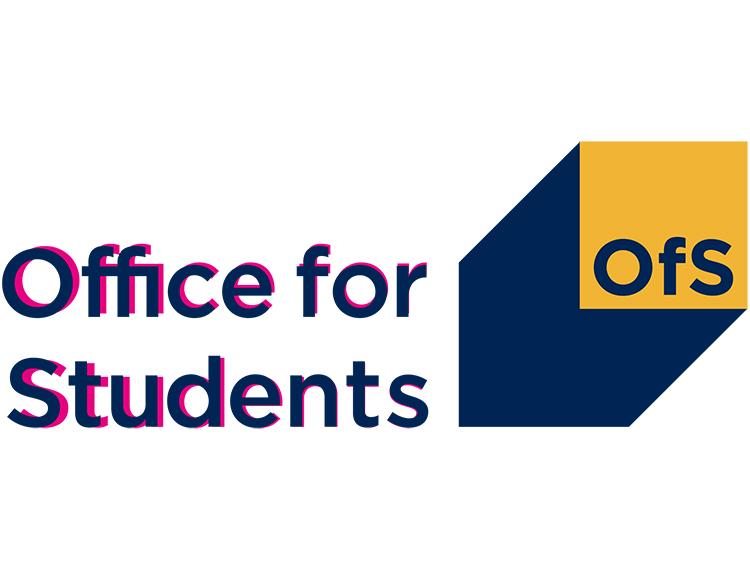#MentalHealth conditions compound equality gaps in higher education

Students who report a mental health condition are more likely to drop out of higher education, less likely to progress into skilled work or further study, and graduate with a first or 2:1 – compared to students without a declared mental health condition, a new report by the Office for Students shows today.
The new Insight brief ‘Mental health: Are all students being properly supported?’, highlights the gaps in outcomes between students with declared mental health conditions and those without, and shows how factors such as ethnicity and social disadvantage impact those gaps.
Drawing on data from the OfS access and participation dashboard, the brief shows that in 2016-17, 87 per cent of students with declared mental health conditions continued their studies after their first year, compared to 90 per cent of all undergraduates.
Among students who graduated in 2016-17, 69 per cent of those with declared mental health conditions progressed into skilled work or further study compared to 73 per cent of all undergraduates. In 2017-18, graduates who had reported a mental health condition were less likely to be awarded a first or 2:1.
New analysis for the report also shows that:
- Among part-time students, those who came from the most deprived areas were most likely to report having a mental health condition, while those from the least deprived were least likely to do so.
- Black students with a declared mental health condition have some of the lowest continuation and attainment rates. In 2017-18, 53 per cent of black students with a reported mental health condition graduated with a first or 2:1, compared to 77 per cent of all students reporting a mental health condition. In 2016-17, 87 per cent of students with mental health conditions continued their studies after their first year – for black students the rate was 77 per cent.
Nicola Dandridge, chief executive of the Office for Students, said:
‘Having a mental health condition should not be a barrier to success in higher education. But for too many students it is seriously impacting their ability to succeed academically, thrive socially, and progress into fulfilling careers.
‘Mental health and wellbeing are complex issues and there is no simple solution. There is already a lot of good work being done to support student welfare but, as this data highlights, there is a need for that work to take account of how mental health issues relate to other characteristics.
‘Universities and colleges by working in collaboration with other partners such as the NHS and charities, have the power to address these complexities, for instance by involving students in developing solutions, and by ensuring that the support they offer is coherent within the institution and is tailored to students’ needs.
‘The OfS has funded a range of innovative projects across the country to incentivise the change that is needed. We are committed to sharing the effective practice that comes from this work and driving improved mental health support for all students.’
Overall, the proportion of full-time students in England declaring a mental health condition has more than doubled in the last five years, from 1.4 per cent in 2012-13 to 3.5 per cent in 2017-18. Female students were more than twice as likely to report having a mental health condition than male students. In 2017-18, 4.7 per cent of female students declared a mental health condition, compared to 2 per cent of male students.
However, these figures are likely an underestimate. Students declaring a mental health condition generally do so only on their entry into higher education and stigma around mental health issues may prevent some students from disclosing.
This analysis looks at students who are UK domiciled and studying at English providers at undergraduate level. Unless otherwise stated, the data refers to full-time students.
The data reported is based on students who have self-reported having a mental health condition on entry into higher education. Mental health conditions are clinically diagnosable. They may range in severity, and their treatment pathways vary depending on the condition. Mental ill health is a broader term which describes mental distress that may or may not be related to a diagnosable mental health condition.
Disability information (including whether a student has a mental health condition) is recorded by providers at the point of entry to higher education. Mental health conditions are self-reported to the provider, based on the students’ own self-assessment. If a student considers themselves to have more than one disability, they are recorded as having ‘multiple impairments’. It is not possible to see whether these disabilities include a mental health condition.
In 2017, the Mental Health of Children and Young People survey found that for all those aged 17 to 19, 10.3 per cent of men had a mental health disorder and 23.9 per cent of women.
Responses to a 2017 survey by IPPR, showed that 94 per cent of universities’ and colleges’ counselling services reported an increase in demand over the previous five years, with 61 per cent reporting a rise of over a quarter.
Since the mid-1990s, counsellors have reported an increase in the severity of the mental health difficulties students they are seeing. The sector has responded to these increases by employing more counselling staff and encouraging students to disclose mental health conditions.
There are disparities in outcomes between black students and all students regardless of mental health conditions declared:
| Students | Continuation rate 2016-17 | Progressing into skilled work or further study 2016-17 | Attainment rate 2017-18 (graduating with a first or 2:1) |
|---|---|---|---|
|
All full-time students |
90% |
73% |
78% |
|
Full-time students with a declared mental health condition |
87% |
69% |
77% |
|
All full-time black students |
85% |
69% |
59% |
|
Black students with a declared mental health condition |
77% |
65% |
53% |
Note: the latest available data for continuation and progression rates is from 2016-17. For attainment rates the latest available is 2017-18. The continuation rate refers to entrants to higher education that year, while continuation and attainment rates refer to graduates and qualifiers from higher education.











Responses